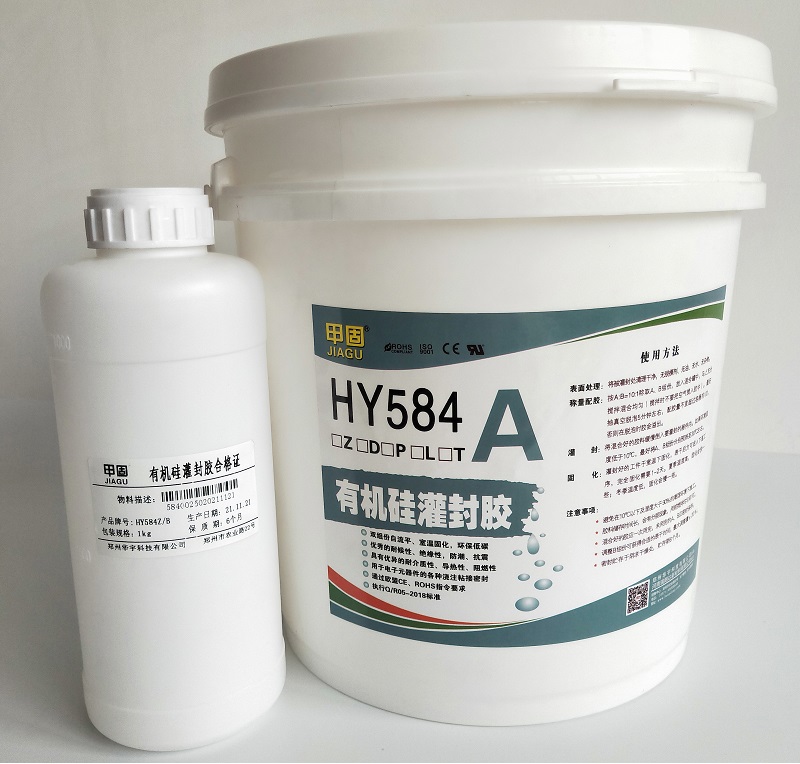Adhesives used for sealing are classified by function into thermal conductive sealing adhesive, adhesive sealing adhesive, and waterproof sealing adhesive; According to material classification, there are polyurethane sealant, silicone sealant, and epoxy resin sealant. When choosing between soft or hard sealant, both can be used for sealing, waterproofing, and insulation. If high temperature resistance and thermal conductivity are required, it is recommended to use silicone soft sealant; If low temperature resistance is required, it is recommended to use polyurethane soft rubber; If there are no specific requirements, it is recommended to use epoxy hard glue as it has a faster curing time than silicone.
& nbsp; & nbsp; Requirements for the sealing performance of electronic sealing adhesive
& nbsp; & nbsp; Temperature, alternating cold and hot conditions, internal stress of components, outdoor or indoor use, stress conditions, requirements for flame retardancy and thermal conductivity, color requirements, etc< br />

& nbsp; & nbsp; Electronic sealing adhesive sealing process
& nbsp; & nbsp; Manual or automatic, room temperature or heating, complete curing time, solidification time of the mixed adhesive, etc< br />
& nbsp; & nbsp; Cost of electronic potting adhesive
& nbsp; & nbsp; The proportion of sealing materials varies greatly, and we must look at the actual cost after sealing, rather than simply looking at the selling price of the materials.
nine hundred and one
& nbsp; & nbsp; Adhesives used for sealing are classified by function into thermal conductive sealing adhesive, adhesive sealing adhesive, and waterproof sealing adhesive; According to material classification, there are polyurethane sealant, silicone sealant, and epoxy resin sealant. When choosing between soft or hard sealant, both can be used for sealing, waterproofing, and insulation. If high temperature resistance and thermal conductivity are required, it is recommended to use silicone soft sealant; If low temperature resistance is required, it is recommended to use polyurethane soft rubber; If there are no specific requirements, it is recommended to use epoxy hard glue as it has a faster curing time than silicone.
nine hundred and two
& nbsp; & nbsp; The application range of epoxy resin sealant is wide, the technical requirements vary greatly, and there are many varieties. There are two types of curing conditions: room temperature curing and heating curing; In terms of dosage form, it can be divided into two types: two-component and single component. In addition, ambient temperature curing epoxy sealant is generally two-component. Its advantage is that it can be cured without heating after sealing, with low equipment requirements and easy use. However, its drawbacks include high viscosity of the adhesive mixture, poor impregnation, short applicability, and low heat resistance and electrical properties of the cured material. It is generally used for sealing low-voltage electronic devices or in situations where heating curing is not suitable.

 豫公網(wǎng)安備41042102000091號(hào)
豫公網(wǎng)安備41042102000091號(hào)
 豫ICP備14028033號(hào)
豫ICP備14028033號(hào)